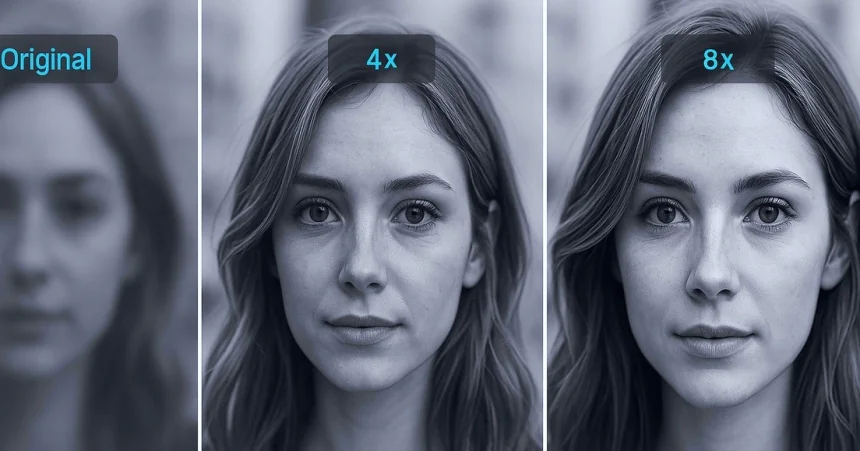How Credit Card Generators Help Developers Test Payment Systems Securely
Learn what a credit card generator is, how it works, and why developers use it to safely test payment systems without exposing real financial data.

In the fast-evolving digital world, few tools are as misunderstood as credit card generators. Their name may sound dubious at first, but these programs actually serve legitimate, often essential purposes in the fields of software development, cybersecurity, and payment testing. Let’s unpack what these generators really do, how they operate, and why ethical professionals rely on them.
What Is a Credit Card Generator?
A credit card generator is a program or algorithm built to create strings of numbers that follow the same structural rules as real credit cards. Each generated number satisfies the Luhn algorithm—a checksum formula used globally to verify card number validity.
These numbers look authentic, often matching real card types through valid BINs (Bank Identification Numbers), but they’re completely disconnected from any bank account or financial institution. In other words, they mimic format and structure, not function or access to funds.
How Do Credit Card Generators Work?
Algorithm Validation
Every card number produced must pass the Luhn check. This ensures it fits legitimate payment standards, even though it cannot be used to complete an actual transaction.
BIN Configuration
Users can specify BIN prefixes to simulate certain card brands such as Visa (4), Mastercard (5), or Amex (3). This allows developers to test across multiple card systems.
Expiry and CVV Simulation
Advanced tools can also generate expiration dates and CVV codes, creating complete but inert sets of card data for testing purposes.
Legitimate Applications in Development
Despite their controversial image, credit card generators serve several ethical, high-value roles in the technology sector:
Testing Payment Systems
Developers use them to verify that e-commerce checkouts, payment APIs, and apps correctly handle valid card formats—without any risk to actual customer accounts.
Training Fraud Detection Models
Cybersecurity and banking teams simulate fraudulent patterns using generated data to train AI-based fraud detection systems to recognize anomalies and prevent abuse.
Educational Demonstrations
In classrooms, coding bootcamps, or fintech labs, educators use these fake cards to safely demonstrate payment logic and transaction flows.
Data Privacy and Masking
Organizations replace real customer information with synthetic data when creating testing or staging environments—keeping production data private and compliant with regulations like GDPR.
The Role in Security and Fraud Prevention
Credit card generators themselves don’t commit fraud—they help prevent it. Here’s how they contribute to stronger financial defenses:
System Hardening
Banks and payment processors use fake numbers to test and validate their ability to detect invalid or unauthorized card activity.
BIN Monitoring
Studying BIN patterns helps risk teams identify outliers and prevent high-risk transactions before they cause damage.
Consumer Awareness
By understanding the anatomy of card numbers, both developers and users can spot inconsistencies, such as BINs that don’t match card networks or expiration dates that fail validation.
Ethical and Legal Considerations
Compliance
Generating card numbers for education, research, or testing is legal. Using them to impersonate or deceive, however, constitutes fraud and is criminally prosecutable.
Security Hygiene
Generated data should never be stored in production systems or shared publicly to avoid confusion with genuine financial information.
Transparency
Responsible developers always include disclaimers clarifying that these numbers are purely fictional and not linked to real accounts.
Conclusion
Credit card generators may sound suspicious, but in reality, they’re powerful allies in secure software engineering. By creating lifelike but harmless test data, developers can safely refine payment systems and fraud analysts can sharpen detection tools. When used responsibly, these generators embody the principle that technology can both innovate and protect—proving that ethical design is as vital as clever code.
Share
What was your reaction?
 Like
0
Like
0
 Dislike
0
Dislike
0
 Love
0
Love
0
 Funny
0
Funny
0
 Angry
0
Angry
0
 Sad
0
Sad
0
 Wow
0
Wow
0













